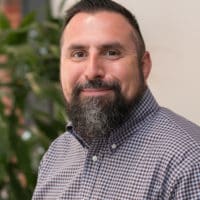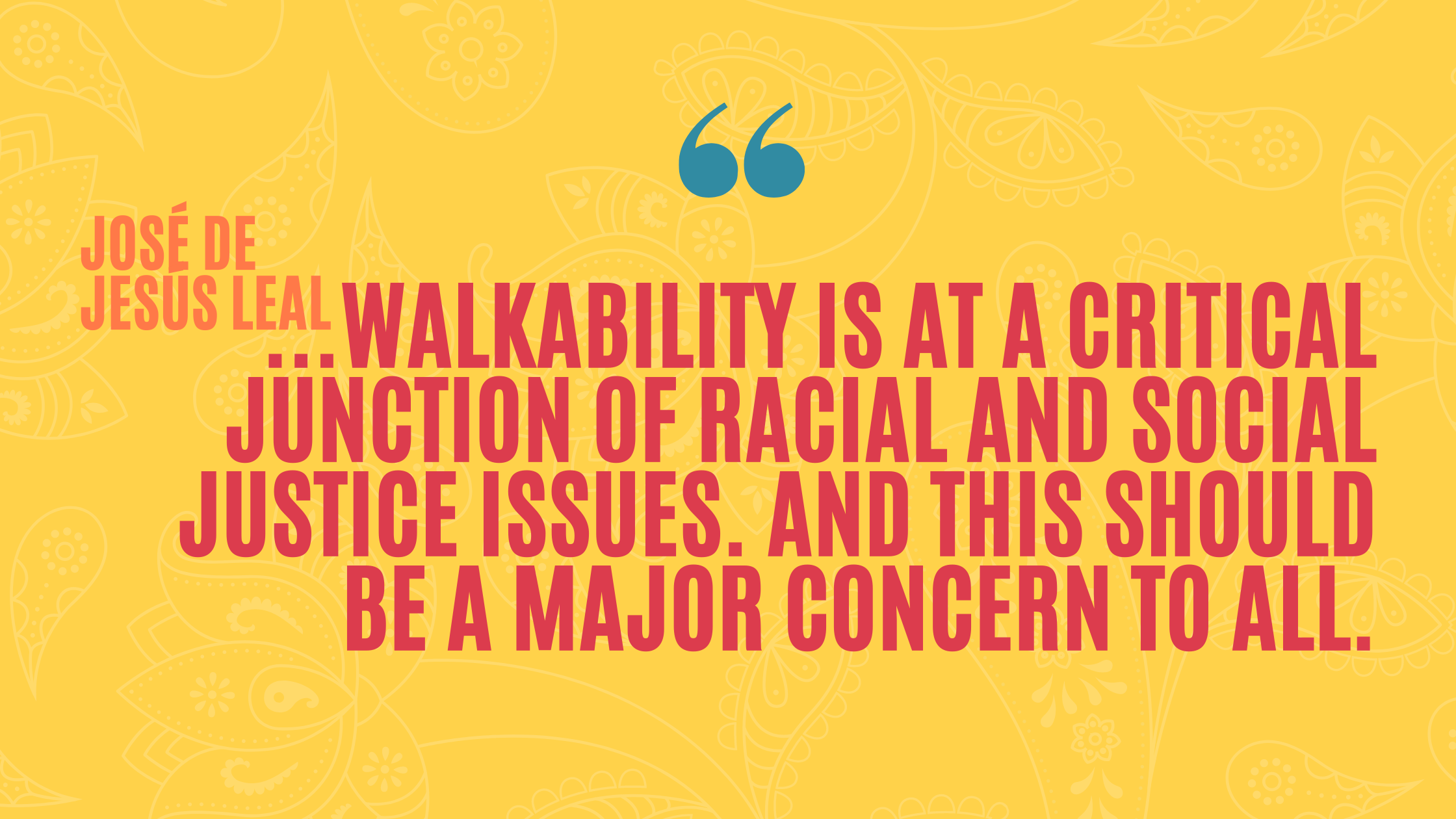This is an interview blog with José de Jesús Leal, America Walks’ newest Board Member. José is a landscape architect with a wicked sense of humor, a penchant for truth-telling and a love for the natural environment. He believes in the power of play and the importance of maintaining a strong connection to the land.
He brings over 22 years of landscape architecture and planning experience. José is Co-Director of MIG’s Sacramento Office and Director of MIG’s Tribal Nation Building Studio. Read his full bio by clicking here.
Why are walking and walkable communities important to you?
Walking and walkable communities are important to me because they are critical in supporting and building cohesive communities, while improving health and wellbeing. For me personally, walking is one of the ways that I experience and explore my environment and my community. It is one of the ways that I like to experience nature and the seasons.
Where did you grow up, how did your experience in the natural/built environment shape you, and what are your current personal/professional interests and goals?
I grew up in Pauma Valley, California, a small rural town in North San Diego County within the Territories of the Payómkawichum (Luiseño), Kuupangaxwichem (Cupeño), and Kumeyaay. The natural and built environments I experienced growing up ranged from avocado and citrus orchards, to dry riverbeds within the chaparral, to the snow-covered coniferous woodlands of Palomar Mountain. Those environments shaped my understanding of the importance of respect for the natural world and the need for balance between the human and natural worlds and as importantly, within ourselves. Additionally, as the son of a farmworker who labored in the orchards and fields, I also experienced the struggle for equity and the fight against injustices. Those experiences laid the deep foundation in me to continue forward and work to change the parts of society that I cannot accept.
Currently, my personal and professional interests are related to the amplification of the voices of the Indigenous and People of Color that I have the honor to collaborate with. In many ways, my goal is to help make the invisible visible by not only acknowledging their place and contributions to our landscapes but by helping to reconnect and strengthen those connections. I am currently exploring how landscape architecture can support and stand in solidarity with the Land Back Movement. In the words of Emiliano Zapata, “the land belongs to him who works it with his hands”.
Are there ways in which you see walkability intersecting with racial and/or social justice issues?
Yes, I look at it as a critical component to racial and social justice. So often I see walkability applied as a means of investment in creating economic value in areas that are considered secure and upcoming. This in turn seems to only bring higher levels of gentrification followed by higher levels of displacement and replacement.
But in my experience, walking for many is the only option available. It is not recreational. It is a pure necessity. This is especially true in communities with limited mobility options. As data shows, usually these same mobility-limited communities have the highest level of racial disparities in housing, education, employment, wealth, and health and wellness. They are usually the most at risk of chronic diseases, and various cardiovascular disorders. They are also the most isolated within our towns and communities because of poor walkability. So often these communities are not the focus of planners, urban designers, or policymakers. So, when you view it from these perspectives, walkability is at a critical junction of racial and social justice issues. And this should be a major concern to all.
What can ordinary people do to make their communities more walkable?
I believe that ordinary people like myself can help organize and fight for justice. I believe that we can amplify the voices of our BIPOC communities, demand balance, equity, and help our communities become the decision-makers of their own futures. As a landscape architect I believe we must be more authentic in how we engage, listen, and learn from the underserved communities that we serve. Our priorities should be guided by racial equity and dismantling structural and systematic racism as it relates to our field of work.
If you could go for a walk with any living person, who would it be?
This is a hard question to answer because there are so many living people that I would be honored to go for a walk with and learn from. Two individuals that come to mind are Billy Mills (Oglala Lakota Nation) and Dolores Huerta. I feel there is so much knowledge both individuals could share to inspire and help me reevaluate myself and what I am working towards in both my personal and professional life.

